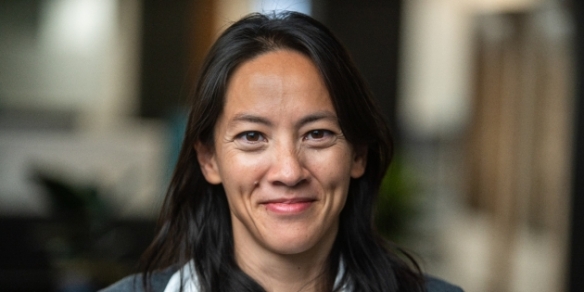Intraix wants to help you save energy, and money
By Benjamin Cher December 10, 2015
- The Klug was designed to be shown and not hidden away
- Looking to integrate with other smart devices like fitness bands
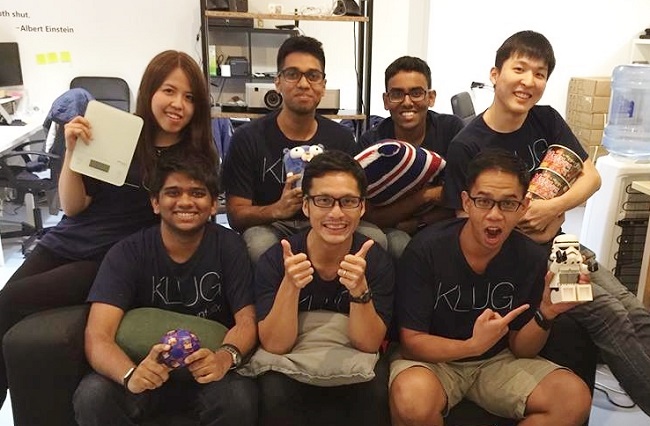
IN today’s increasingly environmentally-conscious world, many people want to do their part by cutting down on their own energy usage. But how do you go about it? What can you do?
This is where Singapore-based Intraix comes in, helping both consumers and businesses understand their ‘energy data’ and how to use that information to save energy – and money – according to cofounder Darrell Zhang.
“We started in 2012, with the hypothesis of that there was so much information from sensors, meters, and weather data,” Zhang tells Digital News Asia (DNA).
“Is there any way we can make sense of these data that could really help people reduce their energy consumption? That was what prompted us to start this company,” he adds.
Intraix first flirted around with energy visualisation data, starting with an interface with local energy provider Singapore Power, according to Zhang.
“Singapore Power had a backend system, where all you needed to do was put in your name and password, and you could retrieve your electricity bills to build a visualisation of energy usage,” he says.
“We also started working with real-time energy utilisation data as well, working with hardware partners to build a software layer on top of their hardware,” he adds.
Data collected from the hardware would then be sent to Intraix servers to create visualisations of energy usage.
“This was a hard sell because knowing your energy consumption doesn’t help you save energy,” and knowing how much energy you used compared with your neighbours “wasn’t going to change consumer behaviour either,” Zhang says.
Rather than wait for consumer behaviour to change, the startup decided to pivot and deploy its solutions for commercial use.
“We started moving into commercial applications, doing projects for foreign dormitories and schools, and working with utility companies to tackle cafes and restaurants.
“We went down the enterprise route, where companies could find more value … from automated billing to space planning,” says Zhang.
Smart controls
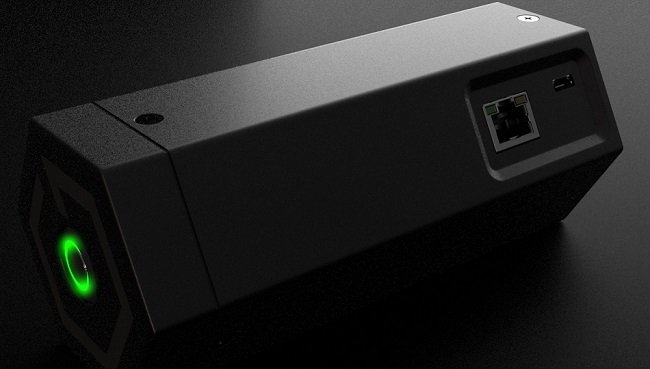
But Intraix did not entirely take its eye off the consumer space, and began exploring smart controls for households.
“That is something we want to tackle because air-conditioning is the largest energy consumer in the household,” says Zhang.
The startup had to redesign its smart home hub – the Klug Hub (pic above) – for consumer households, as the original was, in his own words, “too bulky, too big, and too ugly.”
“We had this ‘Project Klug,’ which is a German word for smart and intelligent. German engineering is something its people take pride in, so that’s why we chose a German word for this project.
“We wanted to have a sleek enough design that people would be happy to leave it out in their room, rather than something bulky they would keep in the cupboard,” he adds.
But Intraix also struggled with the lack of data on air-conditioning optimisation, according to Zhang.
“Weather data and even energy consumption data are not enough to help optimise air-conditioners in the house.
“So that’s why we came up with our second product called Klug Air (pic below), which is a smart thermostat which you can stick on the air-conditioner,” he says.
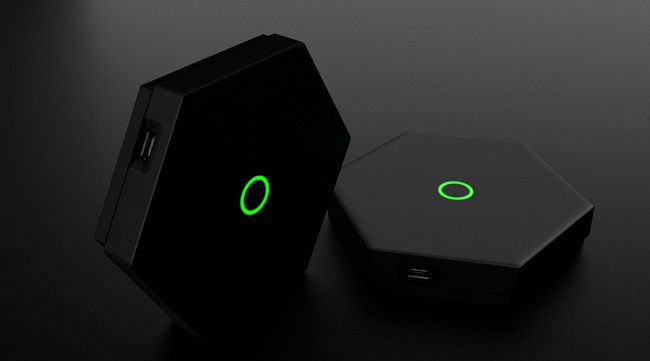
Klug Air has an array of sensors to get information like the temperature of the room, and is also able to send infrared signals to the air-conditioner.
“We do realise that there’s a lot of energy wastage from over-chilling rooms at night, or waking up to the room being too cold – these are the problems we want to tackle with smart controls,” says Zhang.
“We tackled this problem of helping to reduce energy consumption without changing people’s habits,” he declares.
This begins with understanding consumer behaviour, according to Zhang, giving an example of the system learning when the user wakes up, and turning the air-conditioner to fan mode or off an hour before to save electricity.
Intraix is also looking to integrate its technology with fitness bands, which can provide more data about the user.
“We can extract data about users’ sleep cycles, which can be used to regulate their air-conditioning units at night,” says Zhang.
“This is how we can reduce energy consumption while asleep,” he adds, declaring that these are more than just “glamourised light controls” and actually help users save energy and money.
Funding and roadmap
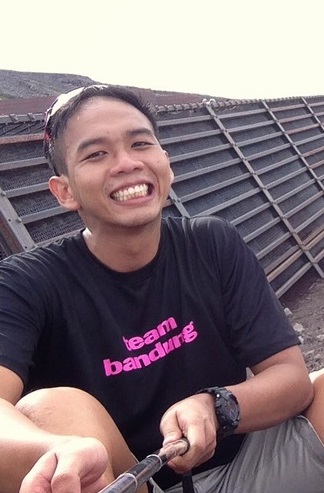 Intraix’s products are slated to be launched next year, with closed testing going on now with friends, according to Zhang (pic).
Intraix’s products are slated to be launched next year, with closed testing going on now with friends, according to Zhang (pic).
Intraix began by bootstrapping, but now has a few investors who have pumped in sums not exceeding S$100,000 (US$71,000), he says.
It has also received a number of grants, including the Media Development Authority’s i.JAM grant, and a S$500,000 (US$355,000) development grant from Spring Singapore under its Technology Enterprise Commercialisation Scheme.
Intraix has signed a term sheet with Stream Global under Singapore’s National Research Foundation’s Technology Incubation Scheme, which netted it slightly under S$600,000 (US$426,000), according to Zhang.
“We have been running on a lean bootstrap model, generating revenue through projects and partnerships,” he says.
“We are looking to raise a Series A round in the next 12-18 months, to kickstart mass-market penetration and production next year,” he adds.
Intraix is looking to distribute its products in Singapore with a consortium that includes Singapore Telecommunications Ltd (Singtel), as well as channel partners such as Singaporean hardware manufacturer Aztech Technologies Inc.
“We are looking to hire, to expand both our business development and technical teams right now,” says Zhang.
As for other markets, the startup is looking primarily at Japan. “Whether we expand into other countries or markets will be determined by opportunities,” he adds.
Related Stories:
Igloohome out to solve the ‘Airbnb problem’ on the host side
500+ smart devices in a typical home by 2022: Gartner
What lies ahead in 2015: Smart life defined
For more technology news and the latest updates, follow us on Twitter, LinkedIn or Like us on Facebook.

